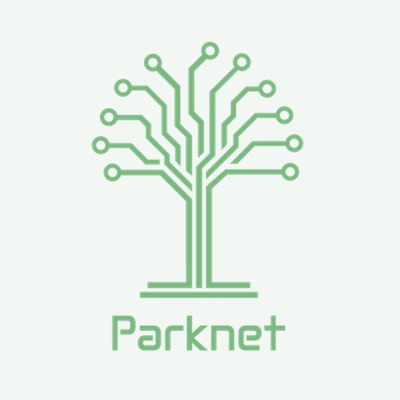
Telekom Slovenije
How Telekom Slovenije increased efficiency @ NL-ix Frankfurt
Telekom Slovenije is the leading Slovenian provider of advanced communication solutions.
It is an incumbent operator and offers the full range of consumer and wholesale fixed and mobile broadband and digital content services, alongside system integration and cloud computing services. We talked to Bojan Vene, International Carriers Director, and IP/MPLS Specialist Aljaž Vajda, who manages the Core Network.
When and why did you connect to NL-ix in Frankfurt?
Bojan: When NL-ix opened their PoP in Frankfurt, we received a pretty persuasive proposal from them. We looked into the potential benefits of peering at NL-ix and decided to go ahead, becoming a partner in 2019. Prior to that we only peered at one IX in Frankfurt. Aljaž: At first the discussion was about opening a new interconnection in Frankfurt to add a backup partner for content providers there by opening up parallel peering sessions.
What impact has your connection had on your network/customer networks?
Bojan: The overwhelming impact was efficiency, in terms of both cost and resilience, but soon new opportunities arose as well. The connection to NL-ix provided us with efficiencies with our existing peers – the ones we were already peering with in Frankfurt – and at the same time helped us reach new networks. Aljaž: Yes, as well as creating backup sessions with the peers we had already found ourselves moving some sessions with existing providers to NL-ix. And we also quickly discovered that there were new opportunities to offload traffic from Transit to peering over NL-ix with new content providers – networks that were not present on DE-CIX.
We achieved 30% greater cost-efficiency compared to our previous set-up based on the difference in port fees
Bojan Vene - International Carriers Director @ Telekom Slovinije
Is it possible to quantify any of those impacts?
Bojan: Yes, certainly on the financial side. We achieved 30% greater cost-efficiency compared to our previous set-up based on the difference in port fees. But we are not talking about big numbers here, and quality of user experience is really the key. On the commercial side we enjoyed better IP connectivity. We have the best and most advanced network in Slovenia and that means we also want to provide the best customer experience and the best quality IP mix. Connecting with NL-ix enabled us to eliminate delays and improve availability and that is what keeps the customers happy. Aljaž: We also gained some network management efficiencies thanks to the NL-ix Route Server Configurator tool. As with other tools, it’s easy to graphically check how much traffic we exchange with a specific AS on our chosen exchanges, but it’s also much quicker to set up a new peer. You just set up a new BGP session by checking the peer’s port (box) and peering goes live in a few clicks. This is very efficient for non-selective peering.
Do you think the growing number of networks connecting to NL-ix Frankfurt is an indicator of any broader trends in the market? If so, what?
Bojan: For NL-ix in Frankfurt I think the growth has been due to having so many partners with content that businesses like us need. Also supporting a high quality and efficient end-user experience. The Covid data surge is definitely an accelerator but these underlying trends were there already. Aljaž: Well, everything online is definitely changing faster due to Covid. We’ve definitely seen a huge growth in traffic – across global partners and so on. This can create an issue as it builds but we can set up direct peering with the big content providers, and there have been no major traffic quality issues so far.






